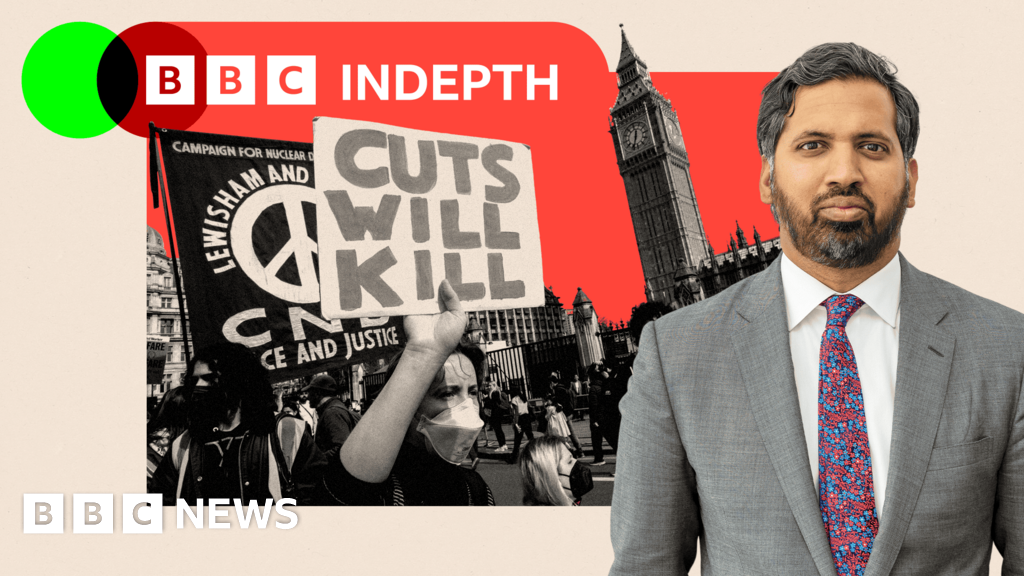When diving into content creation, most upcoming creators tend to focus on the materials they need, such as cameras, lighting, and an optimal place to record.
All that is crucial to creating high-quality content, but there is one more thing creators need — a personal brand. What makes you stand out as a content creator?
How do you create a content creator brand audiences can trust?
We will explore what a personal brand is, why it’s essential, and how to create a content creator brand.
![Download Now: 150+ Content Creation Templates [Free Kit]](https://no-cache.hubspot.com/cta/default/53/5478fa12-4cc3-4140-ba96-bc103eeb873e.png)
What is a personal brand?
A personal brand is how you present yourself as a content creator and the identity, personality, and characteristics that encompass everything you do as a creator.
Your personal brand is what makes you unique and what entices people to engage with your content and come back for more.
Why Content Creators Need a Personal Brand
There are about 207 million content creators worldwide, ranging from streamers to bloggers to YouTubers to TikTok creators and more.
A personal brand is crucial to differentiate yourself from the millions of creators and influencers vying for audience attention and brand deals.
Furthermore, a retable personal brand helps you build trust with your audience.
According to Business Wire, 61% of consumers find relatable personalities the most appealing when choosing to follow an influencer or creator on social media.
Crafting Your Content Creator Brand: Expert Tips
Content creator Sundas Khalid knows a lot about crafting a personal brand. She runs a YouTube channel covering the latest in data science and tech in a way that is accessible and authentic.
Here are a few tips Sundas has for creators looking to craft their own brand.
Be yourself and share your story.
“Stay true to yourself, and be authentic,” Sundas advises. “When you try to be somebody else, it will become tiring. You’re going to be exhausted at some point.”
Khalid says staying true to herself, and her story helps her form a tight bond with her audience.
“I come from a very unique background, and the part that people relate to a lot is that I’m an immigrant, English is not my first language, and I come from where a girl’s education is not prioritized,” she explains. “My story is relatable to many people who follow me.”
In fact, shortly before our interview, Khalid reached out to her followers via Instagram Stories to learn their perspectives on her brand.
“This person said, ‘We can relate to your content, and it seems to answer our confusion, maybe because you’re a self-taught data scientist yourself,” Khalid says, reading a response from a follower, “‘ and you’re able to share struggles and tips that are relevant and practical.'”
Authenticity is more than just an excellent way to connect with your audience. Khalid says it can also make a huge difference when faced with burnout.
Burnout is a common issue creators come across at some point in their careers. While there are many ways to remedy burnout, Sundas says a lack of authenticity can make combating it even more difficult.
“Content creation is a space in which there is such a big rush, and you get so energized creating content, but at some point, you’re going to burn out,” she says. “If you’re trying to be somebody else, it’s going to be harder for you to come back from that.”
Be consistent.
“People want to see you over and over and over agan on social media because there are hundreds of creators out there,” Khalid says. “If you’re not consistent, somebody else is going to take that real estate.”
To stay consistent and top of mind with her audience, Khalid batches and pre-plans her content. To batch your content means to record multiple pieces of content that will be published periodically over time.
“For example, this month I am very exhausted, but I have batch-created content so that I can take a break this month, get off whatever I’m going through, and be back on social media without actually being gone,” she explains.
Consistency doesn’t just extend to how often you post as a creator; consistency also means creating stylistically similar content.
“My content follows a pattern, so there’s a lot of consistency,” Khalid says. “For instance, I like to share a lot of opinion videos, and my opinion videos follow a very similar format.”
Her opinion videos, like the one below, usually consist of large images relevant to the topic.
“And I’ll share my opinion based on my experience in the industry,” she says. “And I do it repeatedly, which translates to consistency with my branding.”
If you follow some of your favorite creators, you might notice a distinct pattern in their content.
For example, Beyond the Bot is a group of content creators who discuss anime and manga. Each video follows a sci-fi aesthetic and features calm Lofi music in the background.
When creating your content, think of ways to make your content interesting, unique, and stylistically related. This could mean using a consistent color pallet, music, or specific format.
Find your niche.
“Find your niche and share it in a way that feels true to you, and then experiment,” Khalid suggests.
“Eventually, you will figure out what your audience finds value in. Based on your content, you’ll figure out your personal brand — you can continue building on it.”
And if you’re concerned your niche is over-saturated, or other creators have already covered your favorite topic, Khalid says not to feel discouraged.
“Actually, people want to hear from your perspective,” she says. “Somebody else may have already created a video on your topic, but how you say it will be different.”
Essentially, the key to creating your personal brand is creating content and engaging with your audience as your most authentic self. Furthermore, you have to be consistent in both how often you publish and how you relay information.
If you consistently show up as yourself, your brand will come naturally to you.

Credit: Source link

-4.png#keepProtocol)









